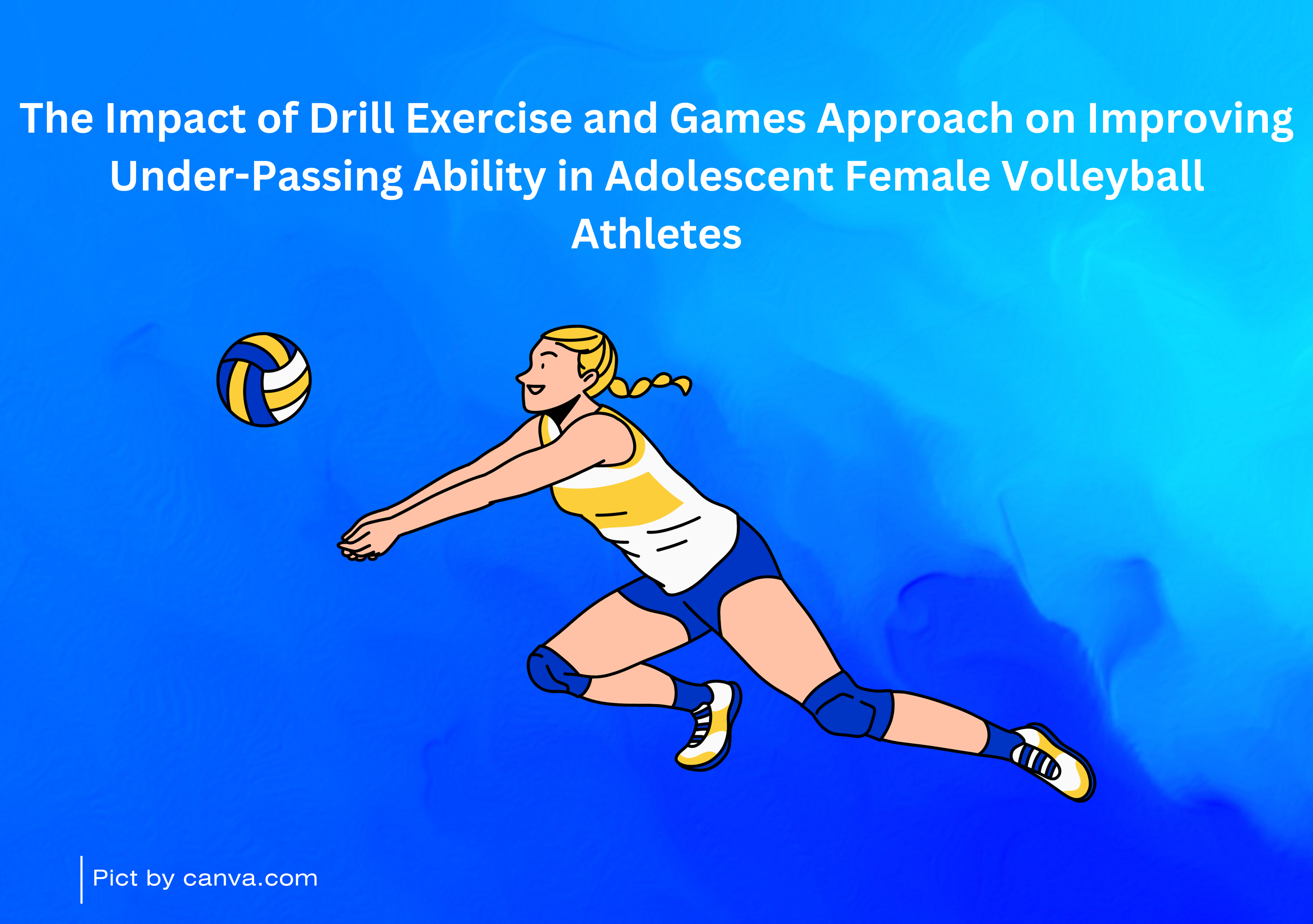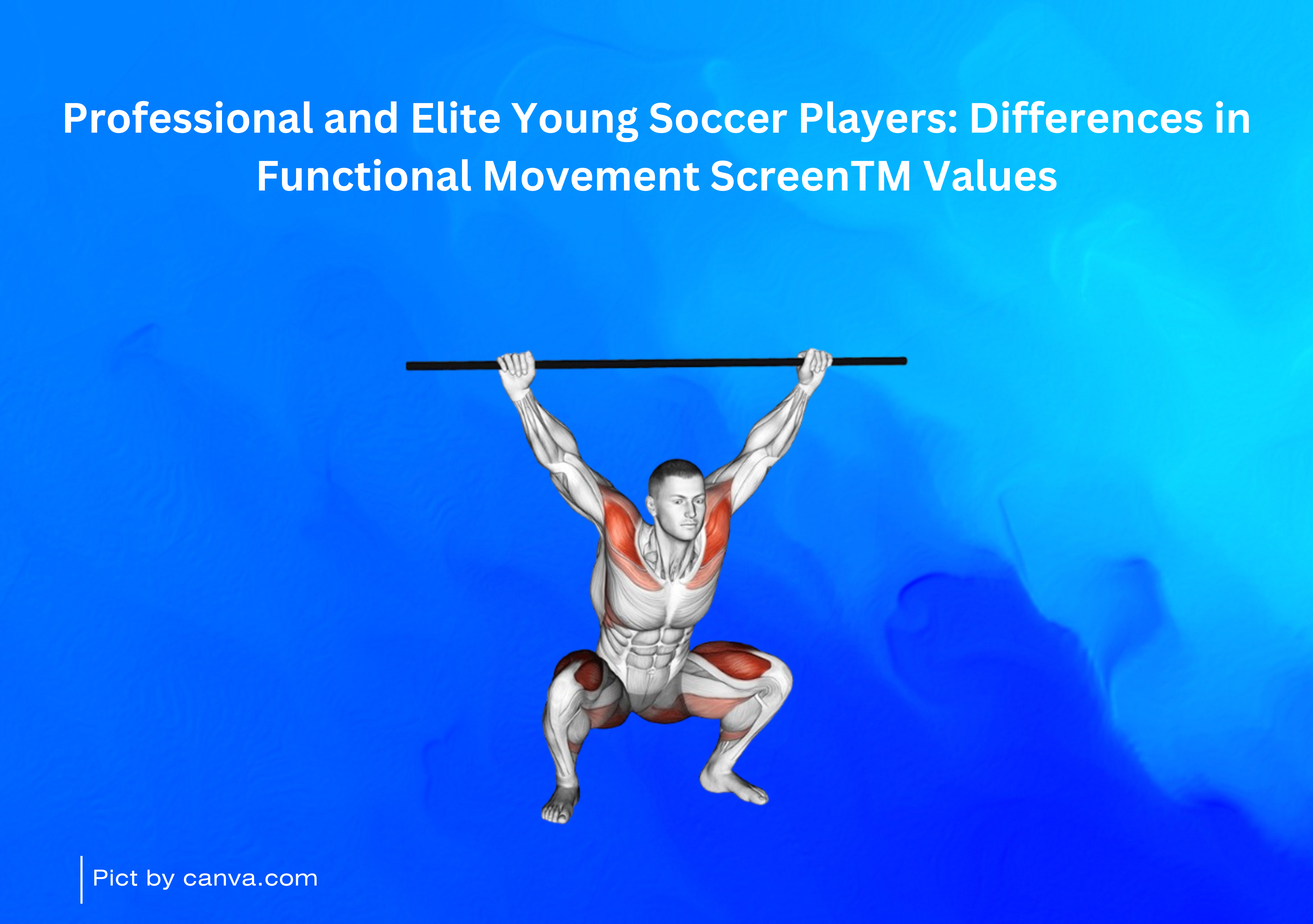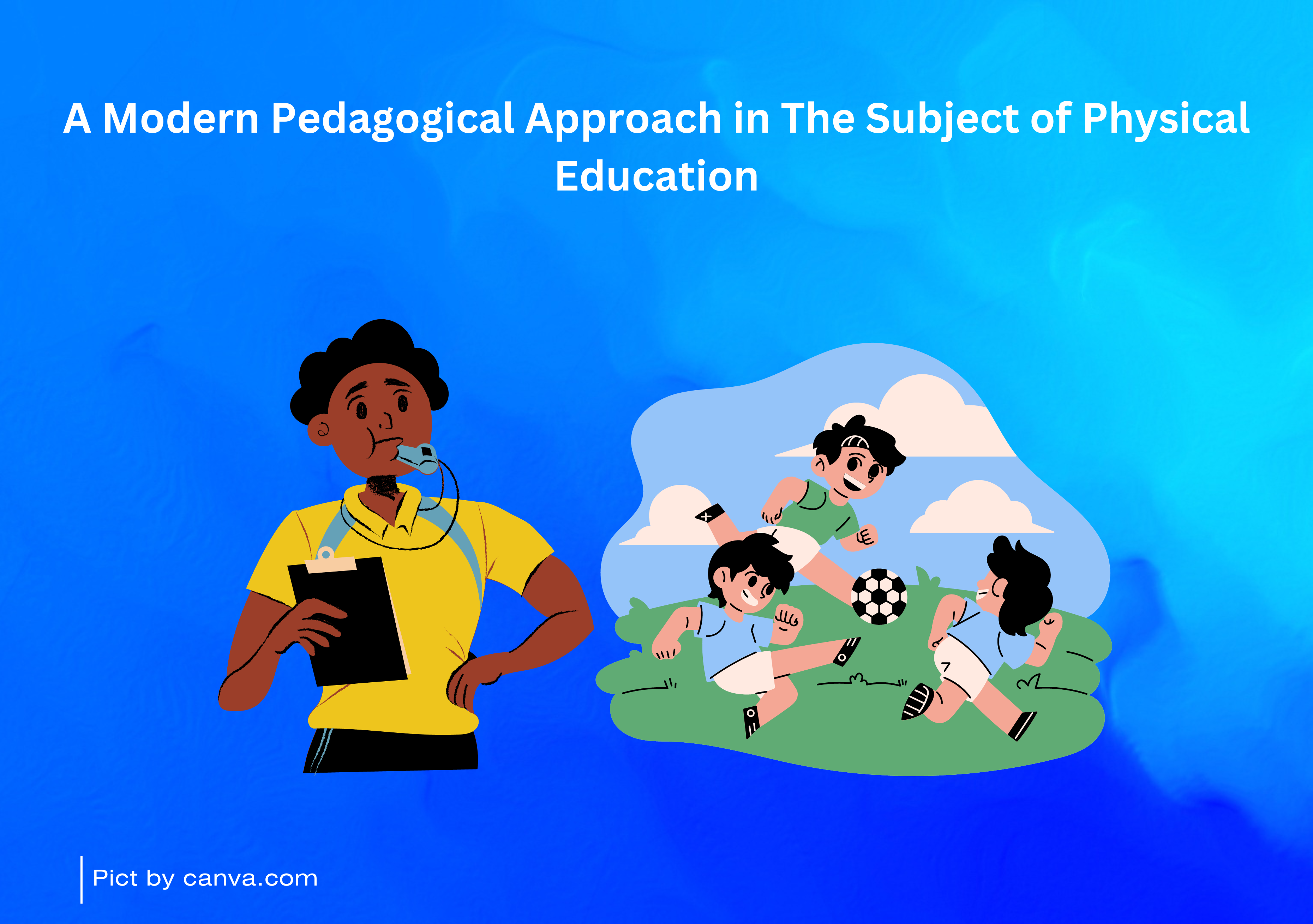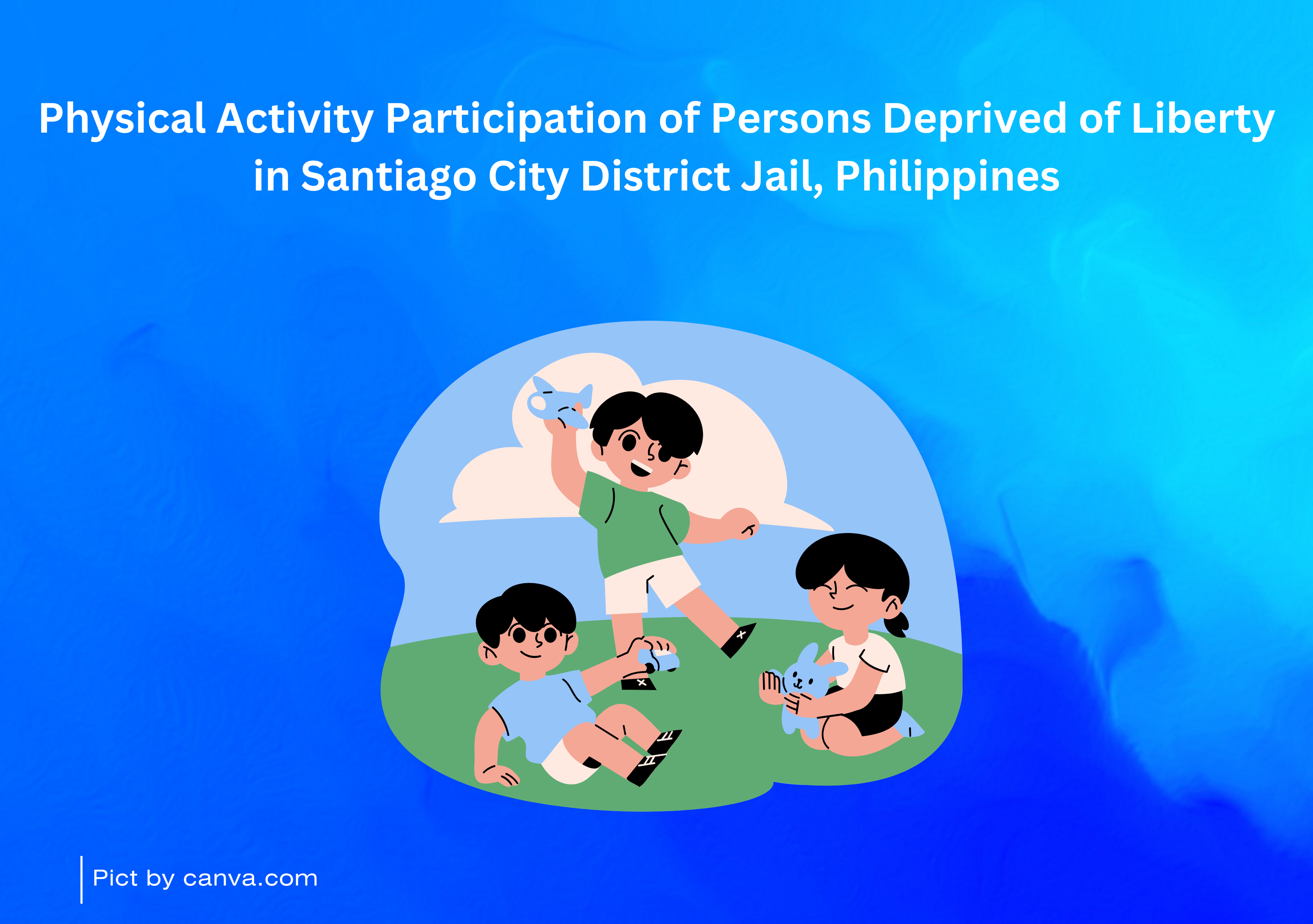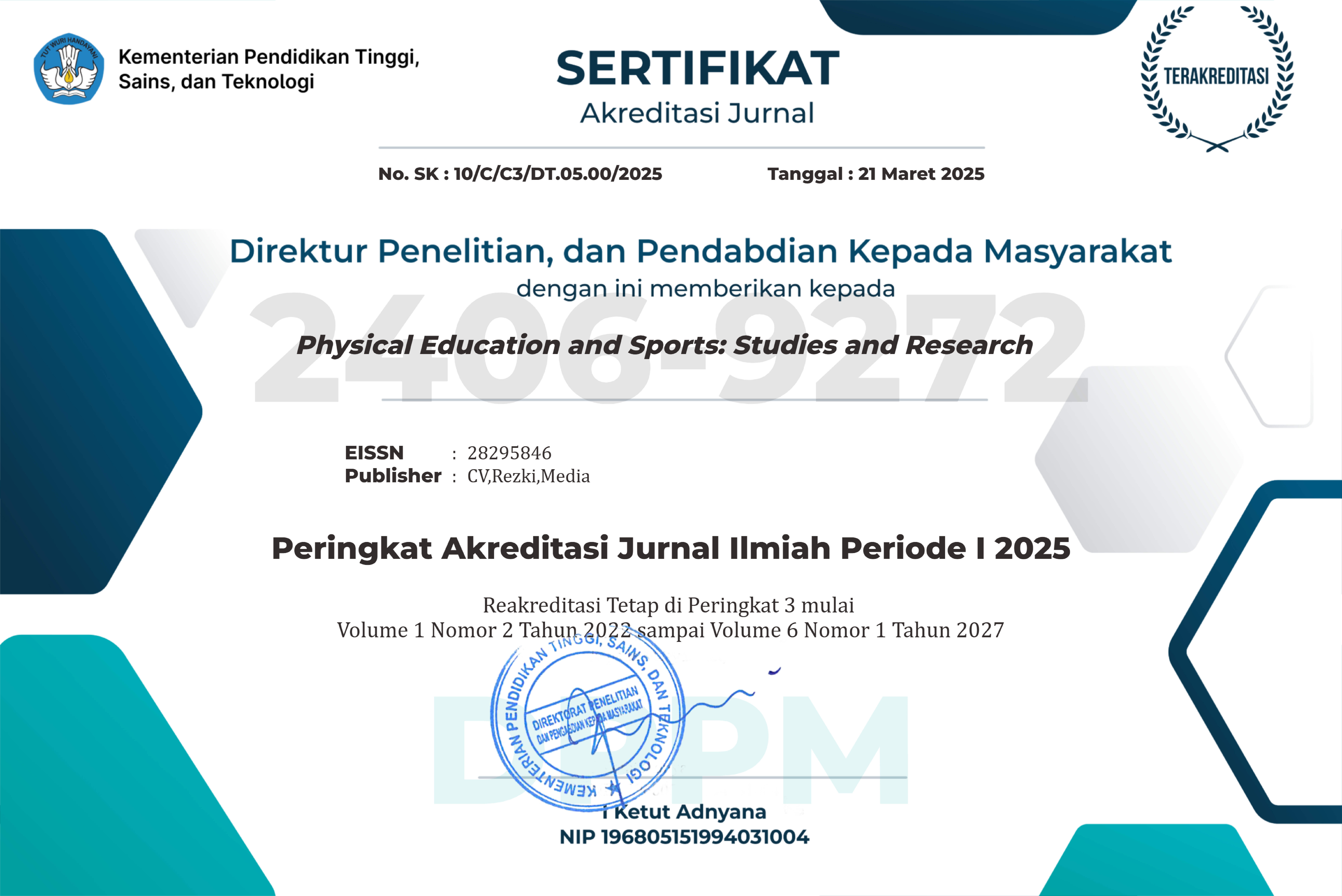Low-impact specialized pilates is better than low intensity steady state for increasing fitness level
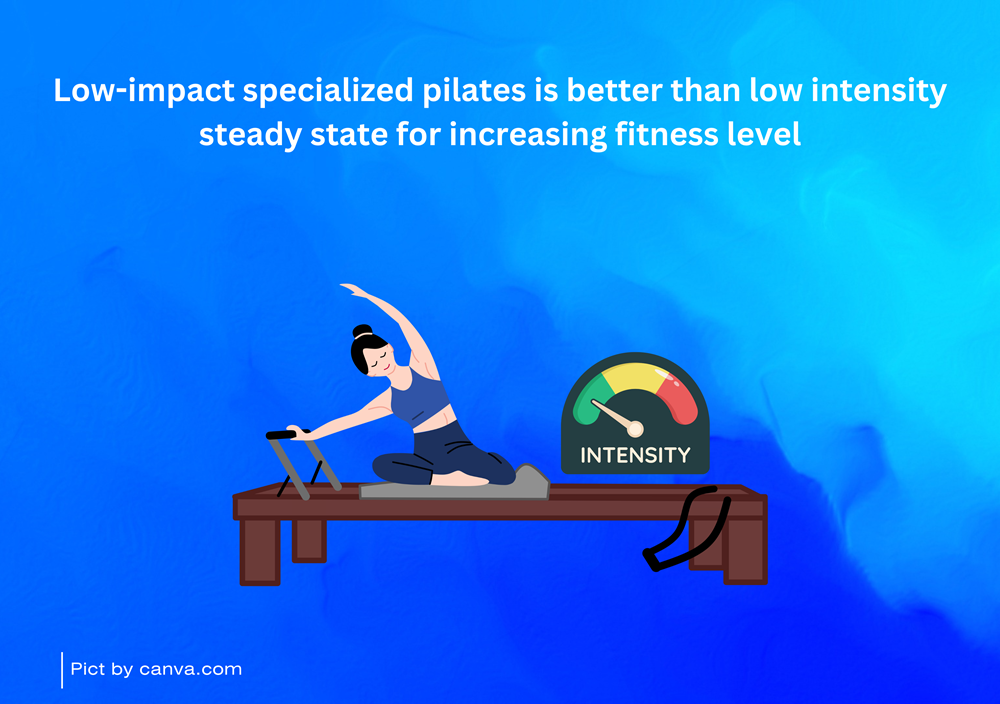
Downloads
Background: Elderly individuals with disabilities often face challenges in maintaining physical fitness, highlighting the need for effective and appropriate exercise methods tailored to their limitations.
Objectives: This study compares the effectiveness of low-impact specialized Pilates and Low-Intensity Steady-State (LISS) exercise in improving fitness levels among older adults with mild to moderate disabilities. The unique advantage of Pilates in enhancing balance and core strength is presented as a novel contribution.
Methods: A quasi-experimental design with pre-test and post-test assessments was employed, involving 40 elderly participants with disabilities divided into two intervention groups over 8 weeks. Participants were selected through purposive sampling based on the inclusion criteria of 60–75 years with mild to moderate disabilities. Fitness levels were assessed using the Senior Fitness Test, which evaluates muscular strength, balance, flexibility, and aerobic capacity.
Results: Data analysis was conducted using the Shapiro–Wilk test, paired sample t-test, and independent sample t-test. The results demonstrated that the low-impact specialized Pilates group showed significant improvements in core strength, balance, and flexibility, whereas the LISS group exhibited greater improvements in aerobic capacity.
Conclusions: In conclusion, low-impact specialized Pilates is more effective in enhancing overall fitness among elderly individuals with disabilities. Therefore, it is recommended as a suitable exercise modality for rehabilitation and health maintenance programs to improve this population's quality of life and functional independence.
Almeida, I. D. S., Andrade, L. D. S., Sousa, A. M. M. D., Junior, G. C., Catai, A. M., Mota, Y. L., & Durigan, J. L. Q. (2022). Is the combination of aerobic exercise with Mat Pilates better than Mat Pilates training alone on autonomic modulation related to functional outcomes in hypertensive women? Secondary analysis of a randomized controlled trial. International Journal of Environmental Research and Public Health, 19(17), 10577.https://doi.org/10.3390/ijerph191710577
Astuti, S. D. P., & Soleman, S. R. (2024). Gambaran Kualitas Hidup pada Lansia di Posyandu Sasono Mulyo IV Masaran Sragen. Inovasi Kesehatan Global, 1(3), 168-183. https://doi.org/10.62383/ikg.v1i3.702
Balogh, L., Szabó, K., Pucsok, J. M., Jámbor, I., Gyetvai, Á., Mile, M., Barna, L., Szodoray, P., Tarr, T., Csiki, Z., & Papp, G. (2022). The effect of aerobic exercise and low-impact pilates workout on the adaptive immune system. Journal of Clinical Medicine, 11(22), 6814. Https://Doi.Org/10.3390/Jcm11226814
Carcelén-Fraile, M. D. C., Martín-Baute, M. R., Ledesma-Cerrato, M. I., Castellote-Caballero, Y., González-Martín, A. M., Hita-Contreras, F., Cano-Sánchez, J., & Aibar-Almazán, A. (2024). Effects of a yoga program combined with a Mediterranean diet on nutritional status and functional capacity in community-dwelling older adults: A randomized controlled clinical trial. Nutrients, 16(11), 1601. https://doi.org/10.3390/nu16111601
De Souza Andrade, L., Da Silva Almeida, I., Mochizuki, L., Sousa, C. V., Falk Neto, J. H., Kennedy, M. D., Quagliotti Durigan, J. L., & Mota, Y. L. (2021). What Is the Exercise Intensity of Pilates? An Analysis of the Energy Expenditure, Blood Lactate, And Intensity of Apparatus and Mat Pilates Sessions. Journal Of Bodywork and Movement Therapies, 26, 36–42. https://doi.org/10.1016/j.jbmt.2020.12.007
Długosz-Boś, M., Filar-Mierzwa, K., Stawarz, R., Ścisłowska-Czarnecka, A., Jankowicz-Szymańska, A., & Bac, A. (2021). Effect Of Three Months Pilates Training on Balance and Fall Risk in Older Women. International Journal of Environmental Research and Public Health, 18(7), 3663. https://doi.org/10.3390/ijerph18073663
Fernandes, I. G., Macedo, M. C. G. S., Souza, M. A., Silveira-Nunes, G., Barbosa, M. C. S. A., Queiroz, A. C. C., Vieira, E. R., & Barbosa, A. C. (2022). Does 8-week resistance training with slow movement cadenced by Pilates breathing affect muscle strength and balance of older adults? An age-matched controlled trial. International Journal of Environmental Research and Public Health, 19(17), 10849. https://doi.org/10.3390/ijerph191710849
Fitriana, D., Rahmawati, A. N., & Sundari, R. I. (2024). Penerapan Teknik Relaksasi Otot Progresif Untuk Mengatasi Kecemasan Lansia Dengan Diabetes Mellitus. Multidisciplinary Indonesian Center Journal (MICJO), 1(4), 1605-1616. https://doi.org/10.62567/micjo.V1i4.291
Franks, J., Thwaites, C., & Morris, M. E. (2023, May). Pilates to improve core muscle activation in chronic low back pain: a systematic review. In Healthcare, (11)10, 1404). MDPI. https://doi.org/10.3390/healthcare11101404
Hyun, A. H., Cho, J. Y., & Koo, J. H. (2022). Effect Of Home-Based Tele-Pilates Intervention on Pregnant Women: A Pilot Study. Healthcare (Switzerland), 10(1), 125. https://doi.org/10.3390/healthcare10010125
Kang, G., Lee, H., Shin, M., Kim, J., Lee, S., & Park, Y. (2021). The efficacy of Pilates on urinary incontinence in Korean women: a metabolomics approach. Metabolites, 11(2), 118. https://doi.org/10.3390/metabo
Karatrantou, K., Batatolis, C., Chatzigiannis, P., Vasilopoulou, T., Melissopoulou, A., Ioakimidis, P., & Gerodimos, V. (2023). An enjoyable workplace combined exercise program for health promotion in trained employees: yoga, pilates, and circuit strength training. Sports, 11(4), 84. https://doi.org/10.3390/sports11040084
Lazarowitz Zanzuri, C., Hadas, D., Hutzler, Y., Goral, A., & Tsuk, S. (2024). Remote Pilates Training Is Effective in Improving Physical Fitness in Healthy Women: A Randomized Controlled Study. Healthcare (Switzerland), 12(7), 724. https://doi.org/10.3390/healthcare12070724
Li, Y., Zhai, Q., Li, G., & Peng, W. (2024, June). Effects of different aerobic exercises on blood lipid levels in middle-aged and elderly people: a systematic review and bayesian network meta-analysis based on randomized controlled trials. In Healthcare, 12(13), 1309). https://doi.org/10.3390/healthcare12131309
Lim, E. J., & Hyun, E. J. (2021). The impacts of pilates and yoga on health-promoting behaviors and subjective health status. International journal of environmental research and public health, 18(7), 3802. https://doi.org/10.3390/ijerph18073802
Morucci, G., Ryskalin, L., Pratesi, S., Branca, J. J. V., Modesti, A., Modesti, P. A., Gulisano, M., & Gesi, M. (2022). Effects of a 24-week exercise program on functional fitness, oxidative stress, and salivary cortisol levels in elderly subjects. Medicina, 58(10), 1341. https://doi.org/10.3390/medicina58101341
Park, H. Y., Jung, K., Jung, W. S., Kim, S. W., Kim, J., & Lim, K. (2023b). Effects Of Online Pilates and Face-To-Face Pilates Intervention on Body Composition, Muscle Mechanical Properties, Cardiometabolic Parameters, Mental Health, And Physical Fitness in Middle-Aged Women with Obesity. Healthcare (Switzerland), 11(20), 2768. https://doi.org/10.3390/healthcare11202768
Parolini, F., Bertolini, G., Santos, R., Abreu, M., Nogueira, A. L., & Bertoncello, D. (2024). Unlocking the potential: increasing muscle strength in lower limbs of youth soccer players over five weeks through mat pilates training—a pilot study. Sensors, 24(2), 473. Https://Doi.Org/10.3390/S24020473
Parra-Rizo, M. A., Díaz-Toro, F., Hadrya, F., Pavón-León, P., & Cigarroa, I. (2022). Association of co-living and age on the type of sports practiced by older people. Sports, 10(12), 200. https://doi.org/10.3390/sports10120200
Pereira, M. J., André, A., Monteiro, M., Castro, M. A., Mendes, R., Martins, F., Gomes, R., Vaz, V., & Dias, G. (2024). Methodology And Experimental Protocol for Studying Learning and Motor Control in Neuromuscular Structures in Pilates. Healthcare (Switzerland), 12(2), 229. https://doi.org/10.3390/healthcare12020229
Pereira, M. J., Dias, G., Mendes, R., Mendes, R. S., Martins, F., Gomes, R., Gama, J., Castro, M. A., & Vaz, V. (2022). Efficacy of Pilates in functional body composition: a systematic review. Applied Sciences, 12(15), 7523. https://doi.org/10.3390/app12157523
Pereira, M. J., Mendes, R., Mendes, R. S., Martins, F., Gomes, R., Gama, J., Dias, G., & Castro, M. A. (2022). Benefits Of Pilates in the Elderly Population: A Systematic Review and Meta-Analysis. In European Journal of Investigation in Health, Psychology and Education, 12(3), 236–268). https://doi.org/10.3390/ejihpe12030018
Sampaio, T., Encarnação, S., Santos, O., Narciso, D., Oliveira, J. P., Teixeira, J. E., ... & Monteiro, A. M. (2023, December). The Effectiveness of Pilates Training Interventions on Older Adults’ Balance: A Systematic Review and Meta-Analysis of Randomized Controlled Trials. In Healthcare, 11(23), 3083. https://doi.org/10.3390/healthcare11233083
Sarashina, E., Mizukami, K., Yoshizawa, Y., Sakurai, J., Tsuji, A., & Begg, R. (2022). Feasibility Of Pilates for Late-Stage Frail Older Adults to Minimize Falls and Enhance Cognitive Functions. Applied Sciences (Switzerland), 12(13), 6716. https://doi.org/10.3390/app12136716
Song, B. H., & Kim, J. (2023). Effects Of Pilates on Pain, Physical Function, Sleep Quality, And Psychological Factors in Young Women with Dysmenorrhea: A Preliminary Randomized Controlled Study. Healthcare (Switzerland), 11(14), 2076. https://doi.org/10.3390/healthcare11142076
Sortino, M., Petrigna, L., Trovato, B., Amato, A., Castorina, A., D’agata, V., Maugeri, G., & Musumeci, G. (2023). An overview of physical exercise program protocols and effects on the physical function in multiple sclerosis: an umbrella review. Journal of Functional Morphology and Kinesiology, 8(4), 154. https://doi.org/10.3390/jfmk8040154
Su, C. H., Peng, H. Y., Tien, C. W., & Huang, W. C. (2022). Effects of a 12-week Pilates program on functional physical fitness and basal metabolic rate in community-dwelling middle-aged women: a quasi-experimental study. International journal of environmental research and public health, 19(23), 16157. https://doi.org/10.3390/ijerph192316157
Sun, M., Min, L., Xu, N., Huang, L., & Li, X. (2021). The effect of exercise intervention on reducing the fall risk in older adults: a meta-analysis of randomized controlled trials. International journal of environmental research and public health, 18(23), 12562. https://doi.org/10.3390/ijerph182312562
Wołoszyn, N., Brożonowicz, J., Grzegorczyk, J., Leszczak, J., Kwolek, A., & Wiśniowska-Szurlej, A. (2023). The impact of physical exercises with elements of dance movement therapy on anthropometric parameters and physical fitness among functionally limited older nursing home residents. International Journal of Environmental Research and Public Health, 20(5), 3827. https://doi.org/10.3390/ijerph20053827
Yang, J., Du, Y., Shen, H., Ren, S., Liu, Z., Zheng, D., ... & Wei, G. X. (2022). Mindfulness-Based Movement Intervention to improve sleep quality: A meta-analysis and moderator analysis of randomized clinical trials. International Journal of Environmental Research and Public Health, 19(16), 10284. https://doi.org/10.3390/ijerph191610284
Yu, Z., Yin, Y., Wang, J., Zhang, X., Cai, H., & Peng, F. (2023). Efficacy of Pilates on pain, functional disorders and quality of life in patients with chronic low back pain: A systematic review and meta-analysis. International Journal of Environmental Research and Public Health, 20(4), 2850.https://doi.org/10.3390/ijerph20042850
Copyright (c) 2025 Laily Mita Andriana, Kunjung Ashadi, Fransisca Januarumi Marhaendra Wijaya, Muhamad Fauzi Antoni

This work is licensed under a Creative Commons Attribution-ShareAlike 4.0 International License.




